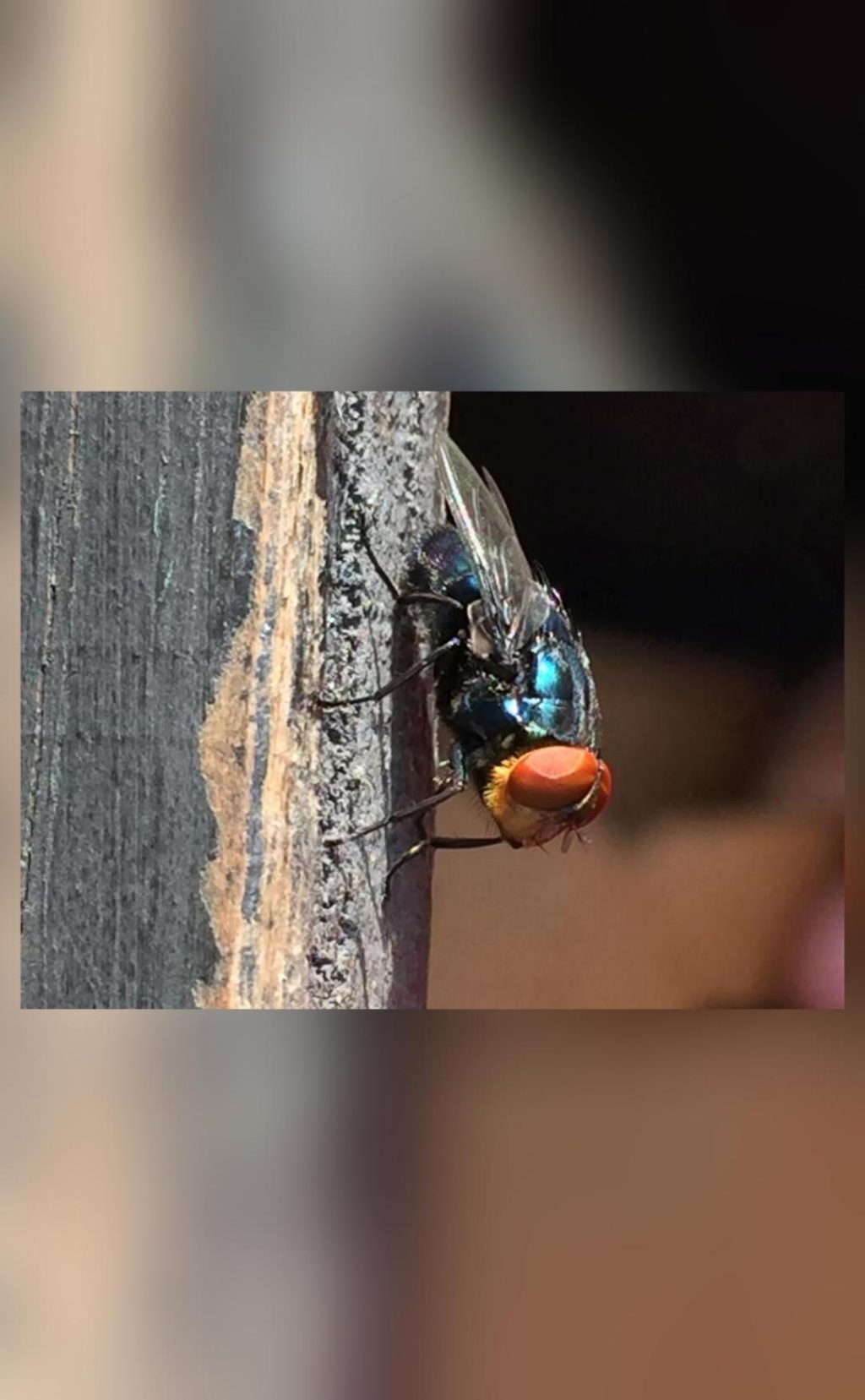
Why is US planning to breed screwworm flies & dump them from planes over Mexico?
In a bizarre move, the United States government is preparing to breed billions of male screwworm flies and dump them from planes over Mexico and southern Texas to protect its beef industry from the flesh-eating larvae of the New World screwworm fly. The plan, which might seem unusual, is actually a clever strategy to combat a serious threat to the country’s cattle population.
The New World screwworm fly, also known as Cochliomyia hominivorax, is a parasitic insect that lays its eggs in the flesh of warm-blooded animals, including cattle, horses, and even humans. The larvae that emerge from these eggs feed on the host’s tissue, causing severe damage and in some cases, even death. The fly is native to Central and South America, but it was accidentally introduced to the United States in the 1960s and has since spread to several states, including Florida, Georgia, and Texas.
The US Department of Agriculture’s Animal and Plant Health Inspection Service (APHIS) has been working on a plan to eradicate the screwworm fly from the southern United States and Mexico. The solution lies in the use of sterile male flies, which will be bred in the lab and then released into the wild to mate with wild female flies. Since the male flies will be sterilized with radiation, they will not be able to reproduce with the female flies, causing the population to die out over time.
According to a report by the Hindustan Times, the plan is to breed millions of sterile male flies at a facility in Panama City, Panama, and then release them from planes over Mexico and southern Texas. The flies will be attracted to the flesh of cattle and other animals, where they will mate with wild female flies. The resulting offspring will not be able to reproduce, and the population of screwworm flies will eventually decline.
The use of sterile male flies to control insect populations is not a new concept. This technique, also known as the Sterile Insect Technique (SIT), has been used successfully to control the population of various insect pests, including the Mediterranean fruit fly and the Australian sheep blowfly.
The SIT method has several advantages over other methods of insect control, such as pesticides. For one, it is a more targeted approach, as it only affects the population of the specific insect species being targeted. Additionally, the use of sterile male flies does not harm the environment or non-target species, making it a safer and more sustainable option.
The US government is not the only one to use this method to control insect populations. In the 1950s and 1960s, the SIT was used to eradicate the screwworm fly from the Caribbean and Central America. The fly was successfully eradicated from these regions, and the technique has since been used to control other insect pests.
The plan to breed and release sterile male screwworm flies is a significant undertaking that requires careful planning and coordination. The US government has already begun working with international partners, including the Mexican government, to develop a strategy for the eradication of the screwworm fly.
The use of sterile male flies to control the screwworm fly population is not without its challenges. One of the main concerns is the need to ensure that the released flies are actually sterile and cannot reproduce. This requires careful monitoring and testing to ensure that the flies are effectively sterile.
Another challenge is the need to ensure that the released flies are attracted to the target area and can effectively mate with wild female flies. This requires a deep understanding of the behavior and ecology of the screwworm fly, as well as the use of advanced technology, such as GPS and drone surveillance, to track the movement of the flies.
Despite these challenges, the use of sterile male flies to control the screwworm fly population is a promising approach that has the potential to protect the US beef industry from this significant threat. By breeding millions of sterile male flies and releasing them into the wild, the US government can help to eliminate the screwworm fly population and prevent the spread of this devastating insect pest.
Source:






